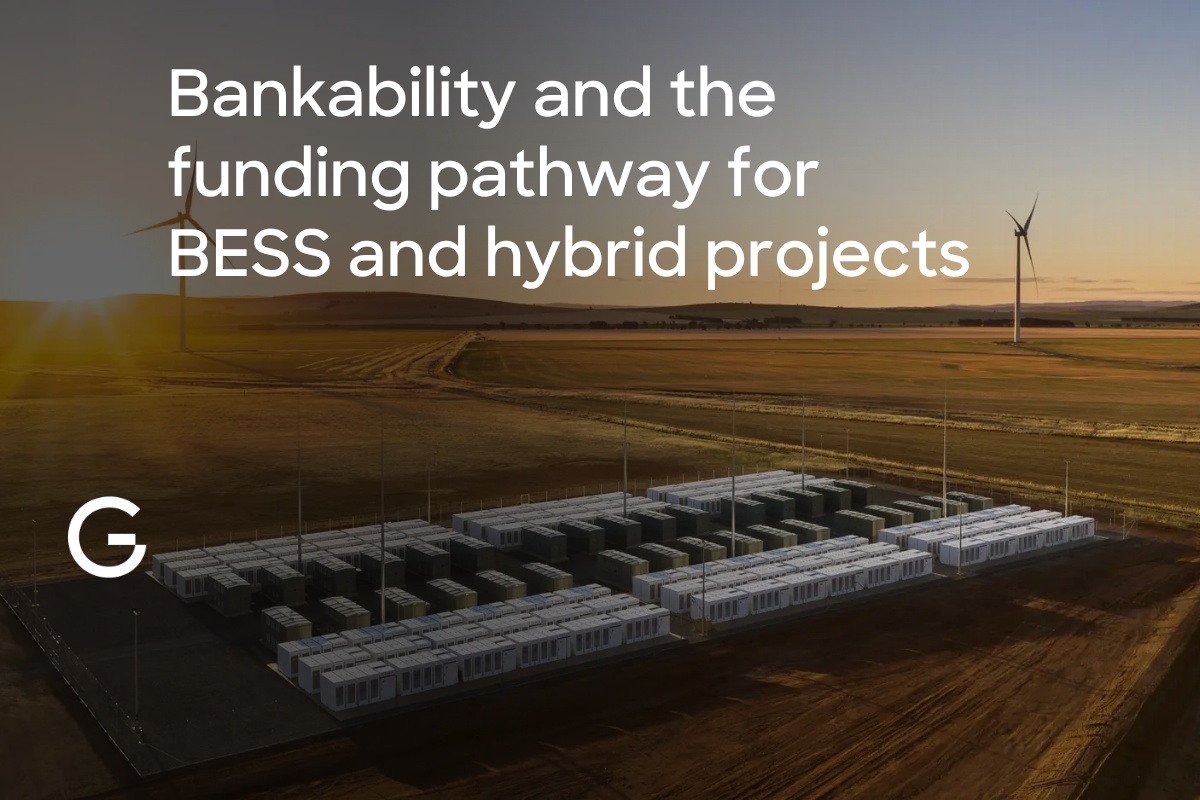Co-Incident Peak Demand Charges

Co-incident Peak Demand is a significant driver of electricity costs, but isn’t always visible to consumers on their bill.
Electricity grids must have enough generation and network infrastructure to meet peak demand, even though these peak periods only occur infrequently and the additional capacity provided by this infrastructure is used very rarely, as illustrated in the stylised load duration curve below.

Peak Demand Charges are one way of recovering the cost of providing this capacity — which could be related to generation, transmission, and/or distribution — and a way to allocate these costs to consumers or their suppliers/retailers based on actual usage during peak periods.
Peak Demand Charges can incentivise large electricity users to change their usage to reduce their contribution to peak demand (or to deploy embedded generation or storage systems during peak periods), and can incentivise suppliers/retailers to create products and programs to help smaller consumers be more flexible.
It’s also important to distinguish these Peak Demand Charges from charges related to Site Maximum Demand, a common aspect of many Network Tariffs (which we’ve done a recent video series on).
While Peak Demand Charges are based on consumption during the grid's highest demand periods, Site Maximum Demand charges are based on a site’s highest demand periods, regardless of the corresponding demand on the wider grid.
The closer the correlation between these the more effective the network tariff will be, which is why network tariffs with seasonal and peak time-of-use site demand charges (that correlate more closely with times of maximum demand on the grid) are considered to be more economically efficient than network tariffs with any-time demand charges.
The alternative to Peak Demand Charges is to recover these cost of providing capacity to meet peak demand requirements is through fixed supply charges, or higher volumetric energy charges, but these approaches don’t provide an incentive for consumers to reduce their contribution to peak demand.
One of the disadvantages of Peak Demand Charges is the difficulty in applying the cost to small consumers, and the risk of cost shifting from larger sophisticated energy users who can respond to these charges, to smaller consumers who aren’t enabled to respond in the same way.
Around the world
Let’s explore various examples of Peak Demand Charges across a few different parts of the world.
PJM 5CP (USA)
In the United States, PJM identifies the five highest peak load hours during the summer months (many other US markets have similar mechanisms, for example ERCOT has 4CP).
Users’ 5CP charges are determined by their demand during these intervals, incentivising load reduction during peak periods. The costs are set based on the total cost of peak capacity requirements divided by the user's contribution to peak demand.
A number of third-party demand response aggregators and electricity suppliers run programs assisting customers to reduce demand during these periods.
Gridcog built-in support for modelling these kinds of charges, and has the ability to simulate and optimise the dispatch of flexible resources like Batteries, Load Flex, and Gensets to respond to these price signals.
For example, in this screenshot from Gridcog’s embedded analytics, we are seeing a site with a Genset responding to PJM 5CP events in the chart above, and a battery responding to the same events in the chart below.

WEM IRCR (Australia)
In Australia’s smaller Western Energy Market (WEM), the Individual Reserve Capacity Requirement (IRCR) allocates costs based on users’ median demand during 12 Peak Trading Intervals.
This recovers the cost to the system operator of procuring generation capacity through the Reserve Capacity Mechanism (which load can also participate in through a ‘demand-side participation program’, i.e. providing an opportunity to earn capacity payments).
The WEM has a lot of behind-the-meter PV systems, and a lot of renewables generally, which means that managing low demand and meeting high ramping requirements is creating new requirements for the system operator to have other forms of reserve capacity.
Consideration is being given to incorporating these growing system needs into the Reserve Capacity Mechanism so in the future, electricity users may be charged for their contribution to high ramping requirements in the same way they are charged today for their contribution to high demand.
GB Triads (UK)
The UK used to have the Triads, which were the three half-hour periods of highest demand on the electricity network between November and February. Charges were based on the average demand during these periods, encouraging users to reduce consumption during peak times to lower costs.
In 2023, the GB Triads system ended and a new regulation based on the Targeted Charging Review (TCR) took effect. Under TCR, most transmission charges are now applied as a fixed charge on customer bills, rather than being based on winter peak consumption.
This removed the incentive for customers to flex their demand during peak periods, by design, because there was a perception that large commercial and industrial customers were avoiding these costs unfairly, with the assistance of their suppliers or demand response aggregators. Since the TCR policy change was originally planned, there have been a number of customer load flex programs deployed in the UK, including the Demand Flexibility Service (DFS).
The DFS was introduced during the winter of 2022-23 as part of the winter contingency toolkit, and rather than being structured as a capacity cost, which resources can be optimised to avoid, it is structured as a capacity payment, which flexible resources can earn.
AusNet Critical Peak Periods (Australia)
AusNet is one of Australia’s largest electricity and gas network owners and operators. They designate certain peak demand periods on their distribution network during which higher network usage charges apply.
In the other four examples mentioned above, peak demand periods are determined retrospectively, meaning that energy users that want to respond to these charges need some ability to forecast when they might occur. In the case of Ausnet Critical Peak Periods, they are declared in advance by the network operator on days when they anticipate high demand (e.g. hot summer days).
They are just one component of the network tariffs for some Ausnet network users, and despite being a somewhat exciting charging mechanism, the costs imposed during these periods is not always significant enough to motivate load response.
Conclusion
Peak demand charges can encourage demand reduction during peak periods, reducing the amount of generation, transmission, or distribution capacity that needs to be provided to just serve a handful hours each year. Providing a sharp price signal like this can be a really efficient way to deliver electricity to consumers.
Peak demand charges are one of a raft of different kinds of price signals that investment in new energy projects can consider. By enabling these kinds of charges to be reflected in project models, Gridcog enables you to make more optimal commercial and technical project decisions, and more efficient investment in the clean energy transition.







